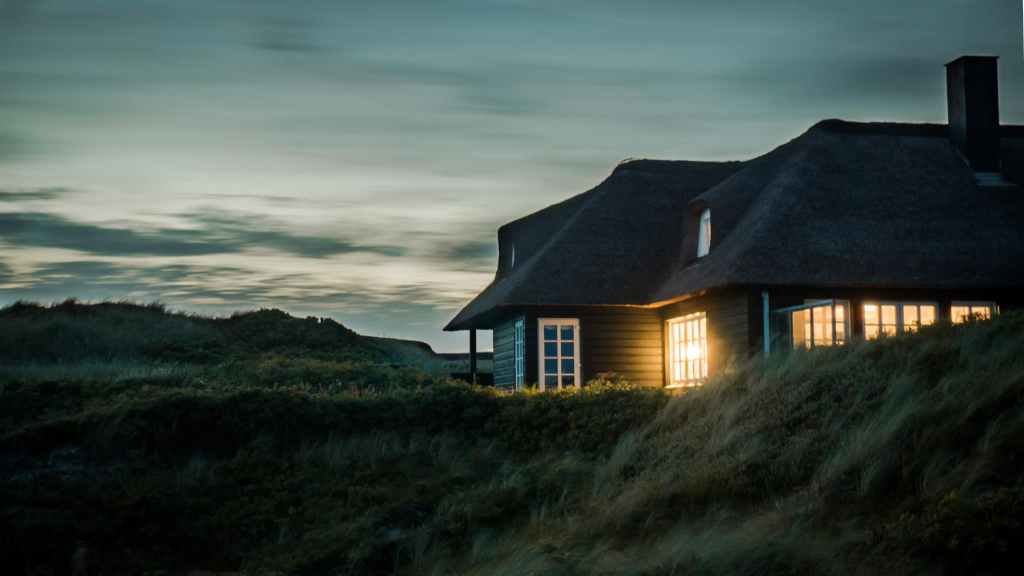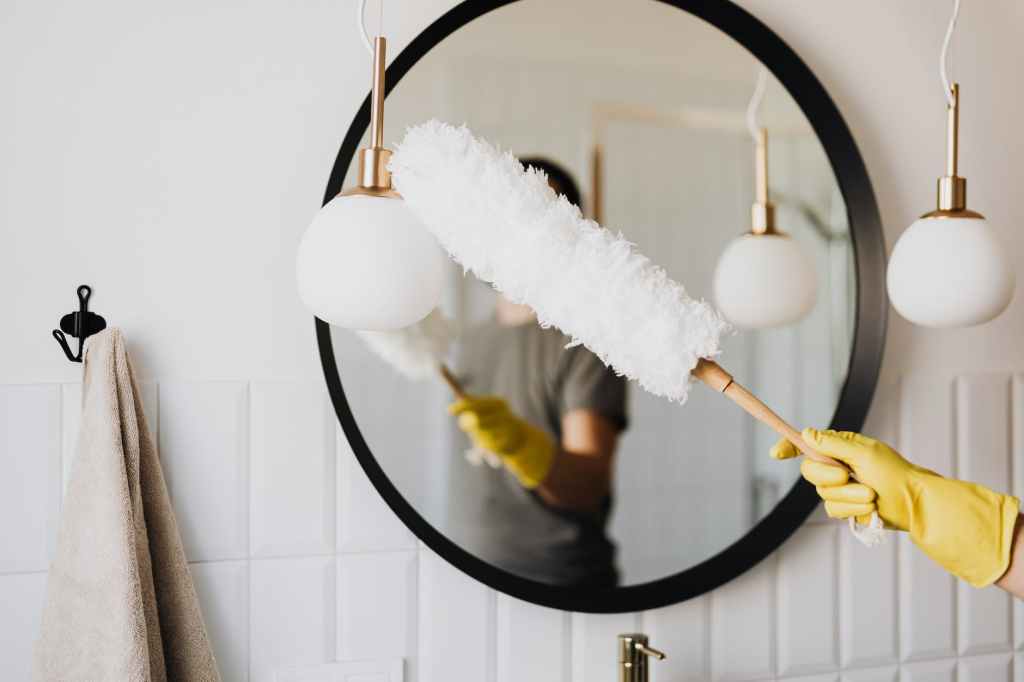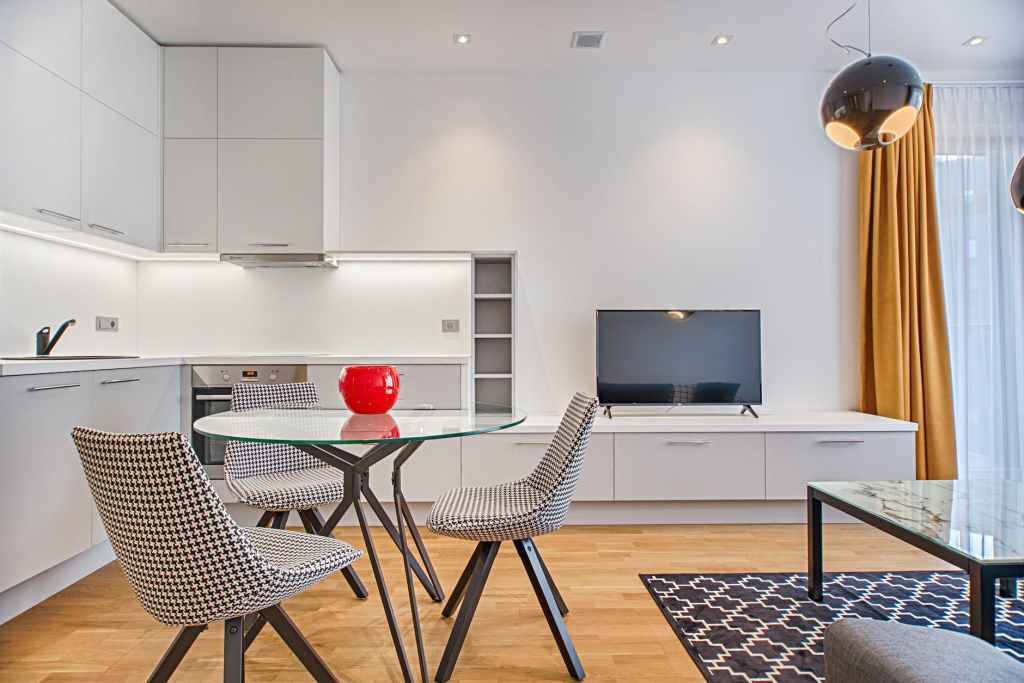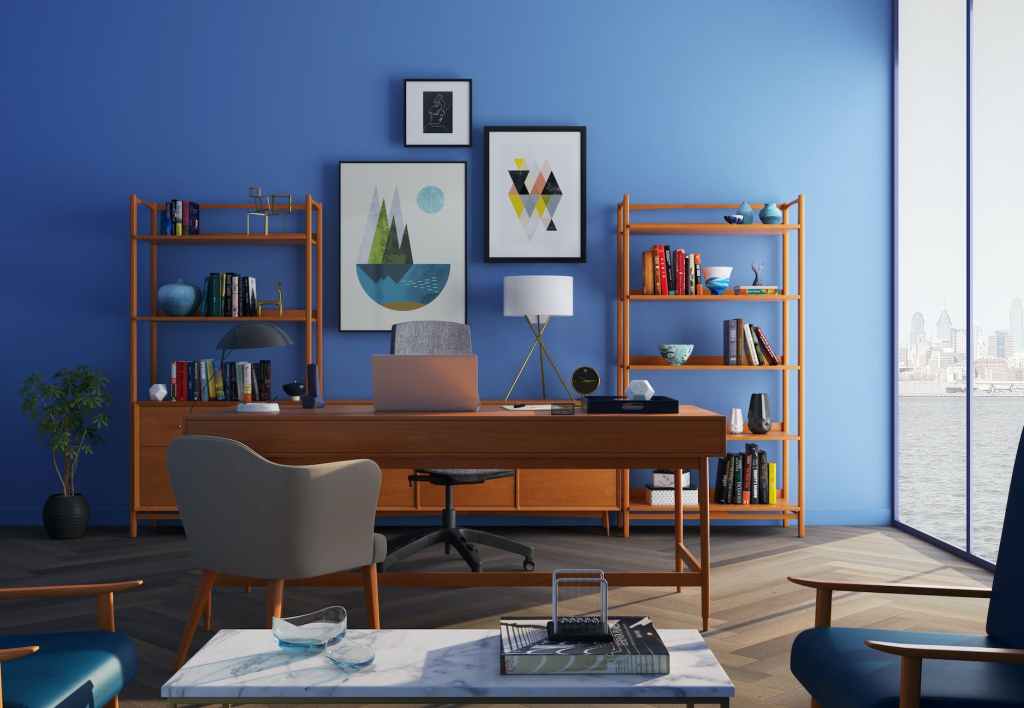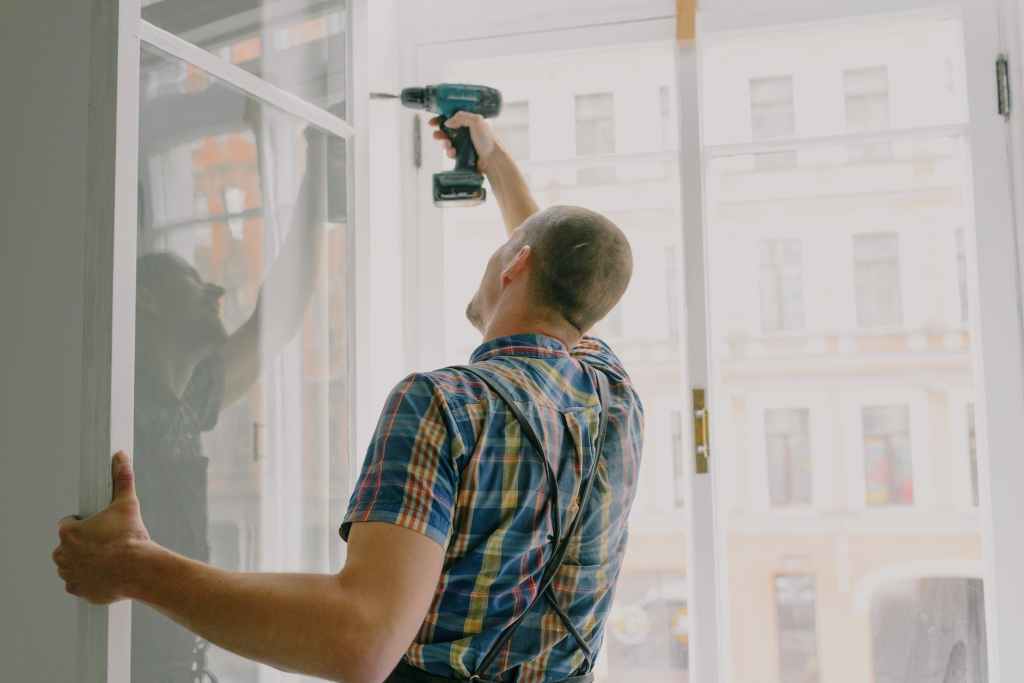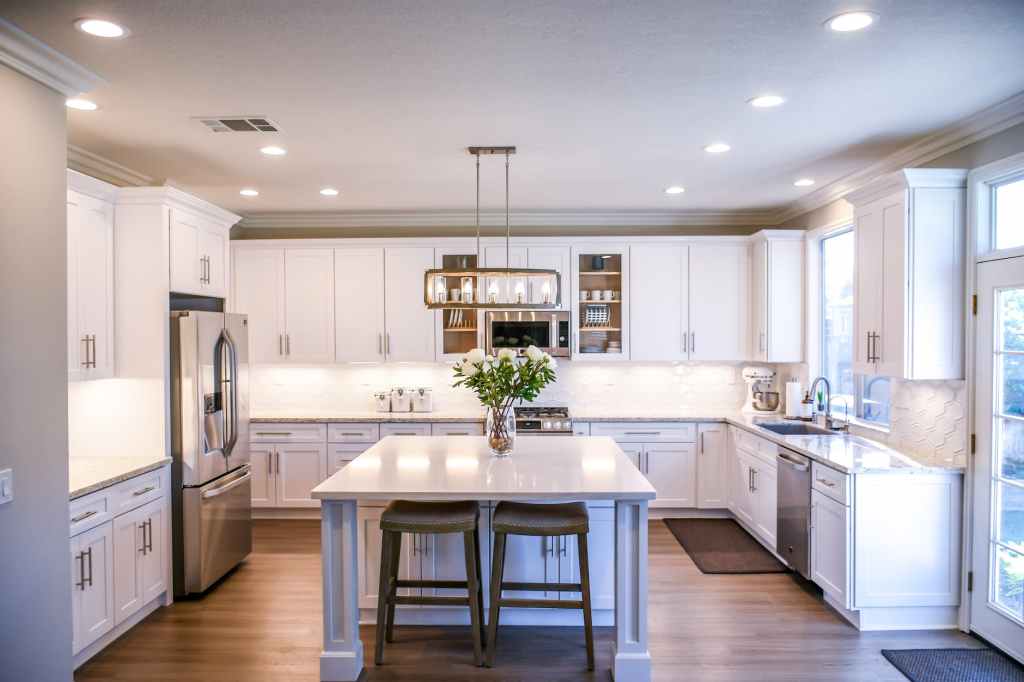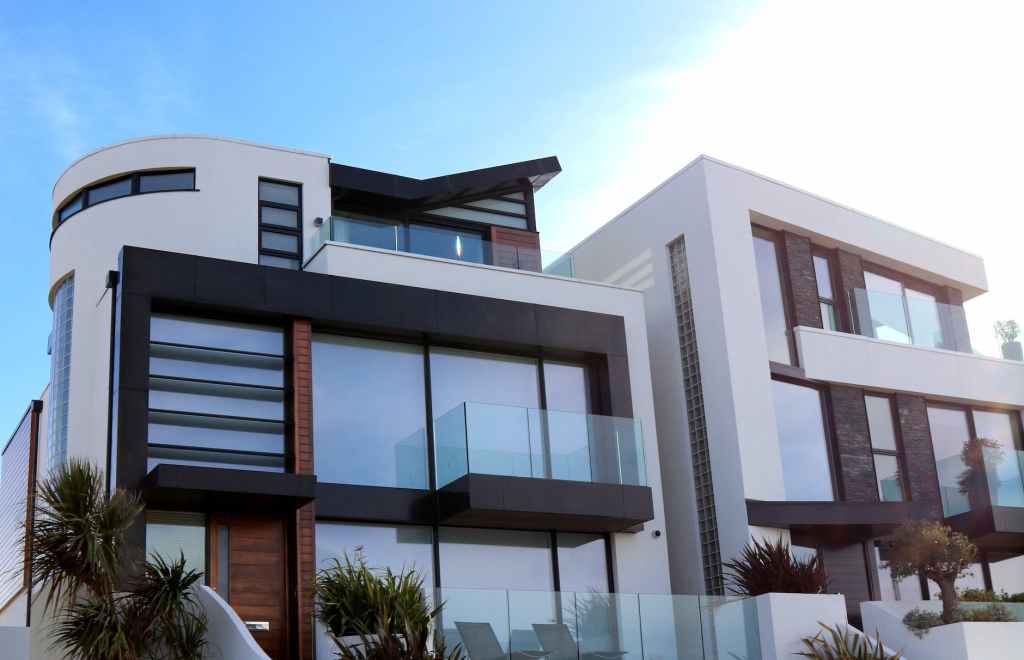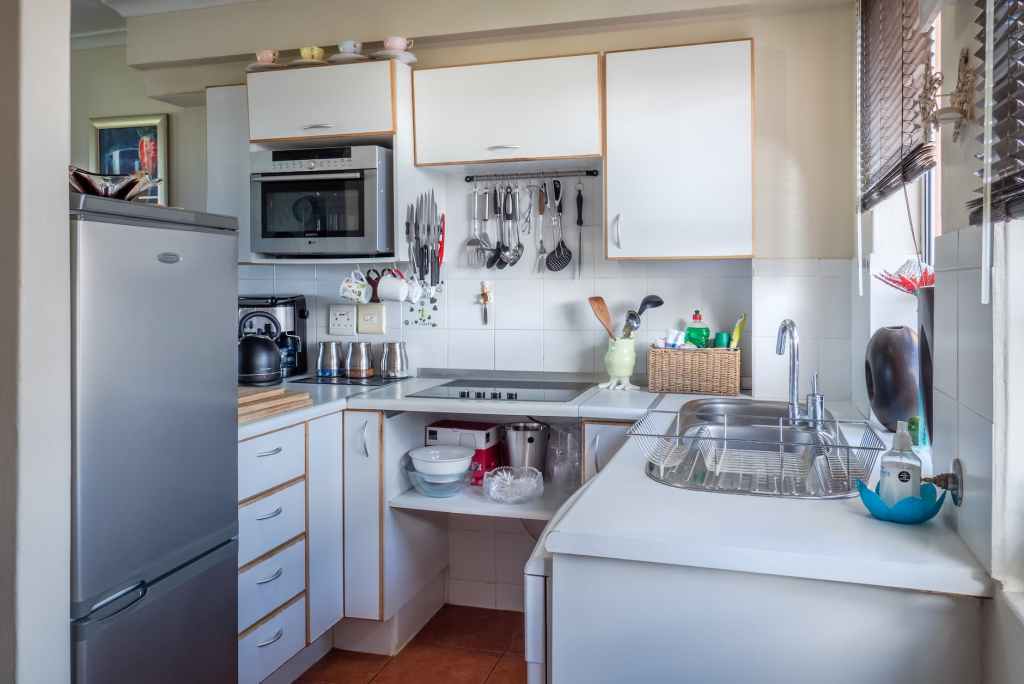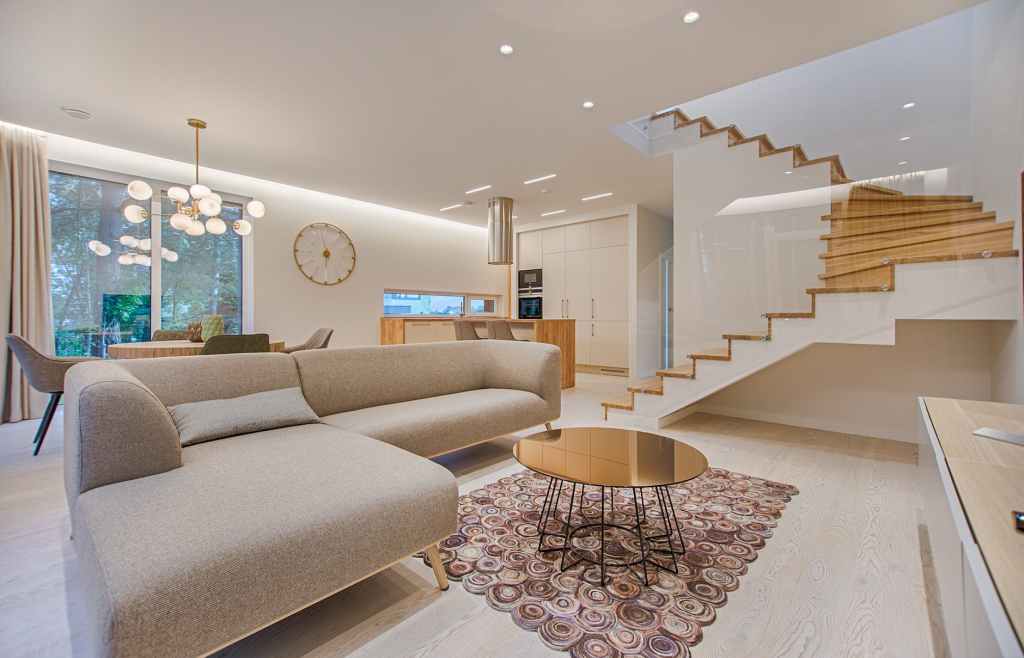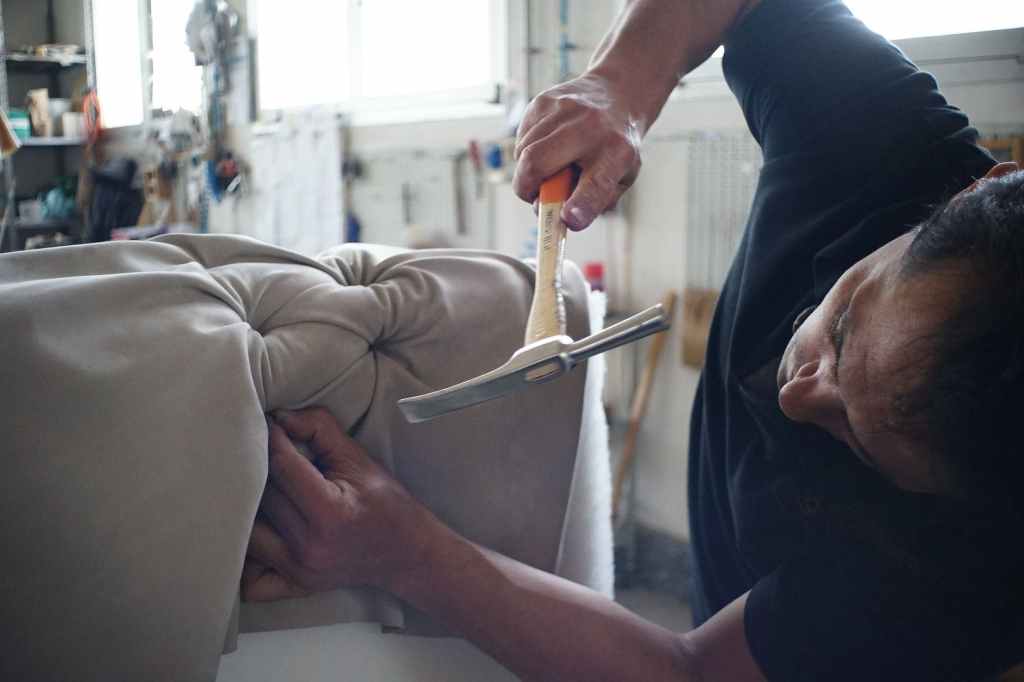Interior design is a crucial aspect of creating functional and aesthetically pleasing spaces that align with personal style and enhance daily life. From selecting the right color scheme and furniture to optimizing layout and storage solutions, interior design has a significant impact on transforming any space into a haven of comfort and beauty.
Key Takeaways:
- Interior design is essential in creating functional and visually appealing spaces
- It can optimize the functionality of a space by considering factors such as layout and storage solutions
- Interior design enhances the aesthetic appeal of a space by considering color schemes, textures, lighting, and furniture choices
- Thoughtful design choices have a positive impact on both the functionality and aesthetic appeal of any space
- The significance of interior design is reflected in the transformation of spaces to reflect personal style and enhance daily life
Enhancing Functionality Through Interior Design
Interior design is not just about creating visually pleasing spaces. It can play a crucial role in optimizing the functionality of a room or building. By considering factors such as layout, storage solutions, and ergonomic design principles, interior designers can transform spaces to better suit the needs of those who use them.
Layout
The layout of a space can greatly impact its functionality. An interior designer can analyze the flow of foot traffic and reposition furniture or walls to create a more intuitive space. This includes consideration of access to key items and areas, such as kitchens or bathrooms, storage and organizational solutions that complement the layout, and the positioning of doors and windows to maximize natural light and air flow.
Storage Solutions
Having a place for everything is essential to maintaining an organized and functional space. Interior designers can create custom storage solutions that fit seamlessly into the design aesthetic of the space. This can include built-in shelves, cabinets, and storage units that fit the specific needs of the room and its intended use.
Ergonomic Design
Ergonomic design principles prioritize the comfort and safety of those who use a space. This can include selecting furniture that supports proper posture and designing workspaces that minimize strain on the body. Interior designers can also consider accessibility features such as wheelchair ramps or grab bars in bathrooms to ensure that everyone can easily use the space.
Incorporating these elements into an interior design plan can maximize the functionality of a space, creating a more comfortable and efficient living or working environment.
Creating Aesthetic Appeal in Interior Design
Interior design is not just about arranging furniture and adding decor to a room. It goes deeper than that, extending to the very essence of what makes a space visually pleasing. Creating aesthetic appeal is a crucial element in interior design that involves carefully selecting and combining colors, textures, lighting, and furniture choices that work together to produce a harmonious and inviting space.
Color schemes can greatly impact the overall look and feel of a room. Warm colors like reds, oranges, and yellows stimulate the senses and promote energy, while cool colors like blues, greens, and purples create a calm and relaxing atmosphere. Texture can add depth and dimension to a space, using materials like wood, stone, or fabric to create visual interest. Lighting can enhance a room’s ambiance, from natural daylight to strategically placed light fixtures that create shadows and highlights. Furniture choices can also add to the aesthetic appeal, selecting pieces that complement the overall design and contribute to the room’s functionality.
When these elements are thoughtfully combined, the result is an aesthetically pleasing space that creates a sense of balance and harmony. A well-designed room is not only visually appealing but also enhances the quality of life by improving functionality and comfort.
Conclusion
Interior design plays a vital role in creating functional and aesthetically pleasing spaces that align with personal style and enhance daily life. By optimizing the functionality of a space through layout, storage solutions, and ergonomic design principles, interior design can transform ordinary spaces into highly functional ones.
Creating visually appealing spaces is another essential aspect of interior design. A well-designed space can enhance the overall aesthetic appeal of a room, reflecting the personality and taste of the owner. Elements such as color schemes, textures, lighting, and furniture choices, all play a crucial role in creating a visually striking space.
Therefore, when embarking on an interior design project, choosing a thoughtful design that considers functionality and aesthetic appeal is essential. By focusing on both aspects, interior design can positively impact our daily lives.
In conclusion, interior design is significant in transforming spaces to reflect personal style and enhance daily life. It is important to make thoughtful design choices that cater to both functionality and aesthetic appeal to achieve the optimal outcome.
FAQ
Why is interior design important?
Interior design is important because it helps create functional and aesthetically pleasing spaces. It allows individuals to express their personal style and preferences while enhancing daily life.
How does interior design enhance functionality?
Interior design enhances functionality by considering factors such as layout, storage solutions, and ergonomic design principles. It helps optimize the use of space and ensures that it serves its intended purpose effectively.
What role does interior design play in creating aesthetic appeal?
Interior design plays a crucial role in creating aesthetic appeal by considering elements such as color schemes, textures, lighting, and furniture choices. It helps create visually pleasing spaces that reflect the individual’s style and create a harmonious atmosphere.
What is the significance of thoughtful design choices in interior design?
Thoughtful design choices are significant in interior design as they can positively impact both functionality and aesthetic appeal. They ensure that the space meets the individual’s needs and preferences while creating a visually appealing and comfortable environment.

